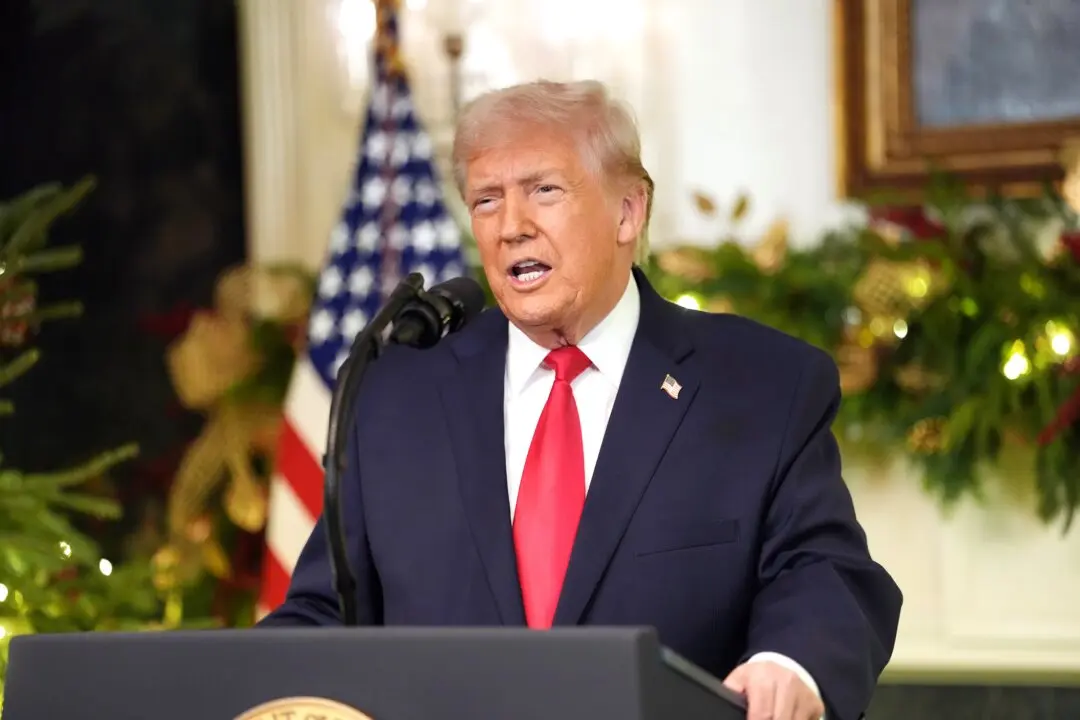The U.S. economy proved remarkably resilient in 2019, defying recession fears that dominated the headlines throughout the year. The economy has entered the longest expansion in American history, surpassing the economic boom of the 1990s.
United States consumers, buoyed by the strong labor market, have continued to drive economic growth during the past year against a backdrop of weak business sentiment.





